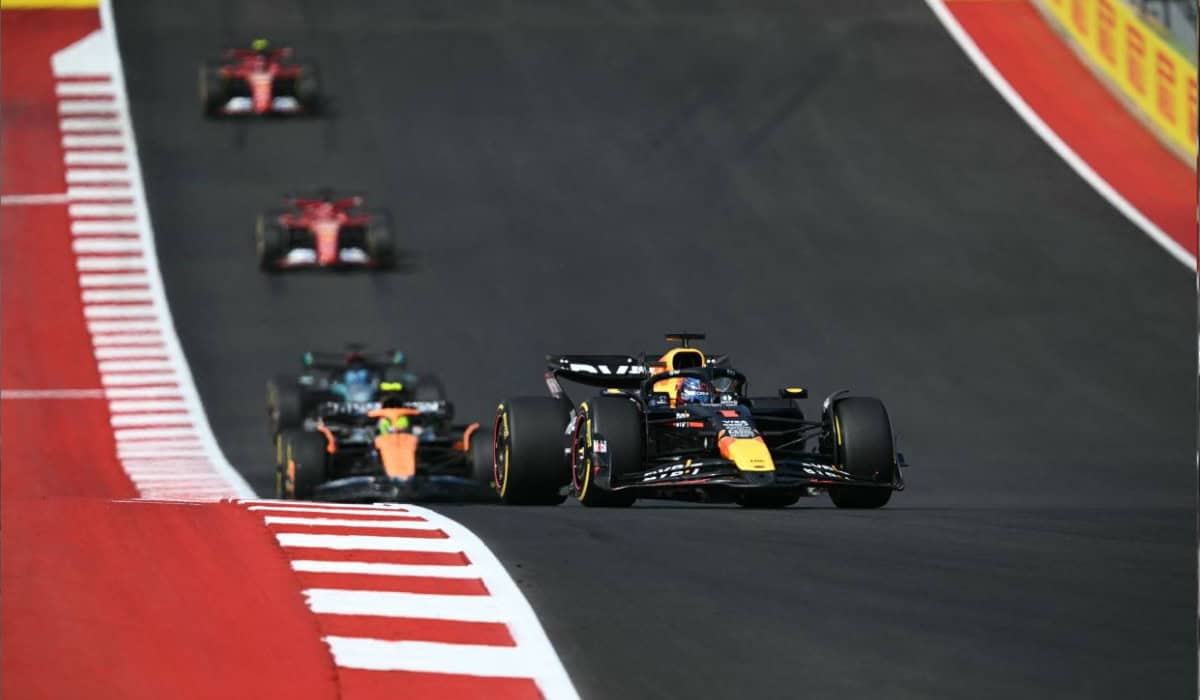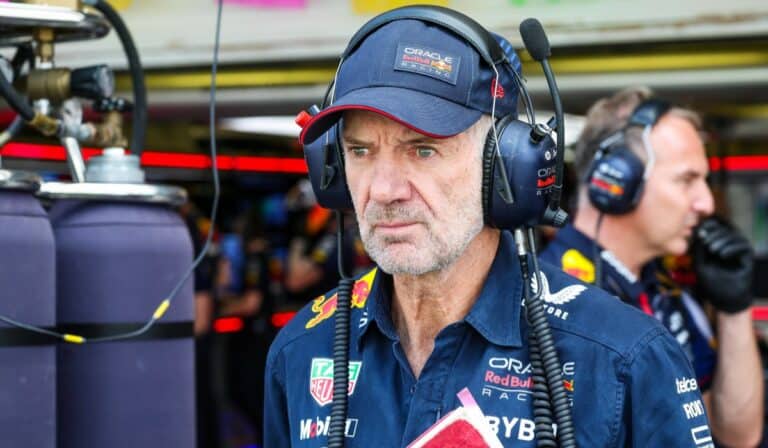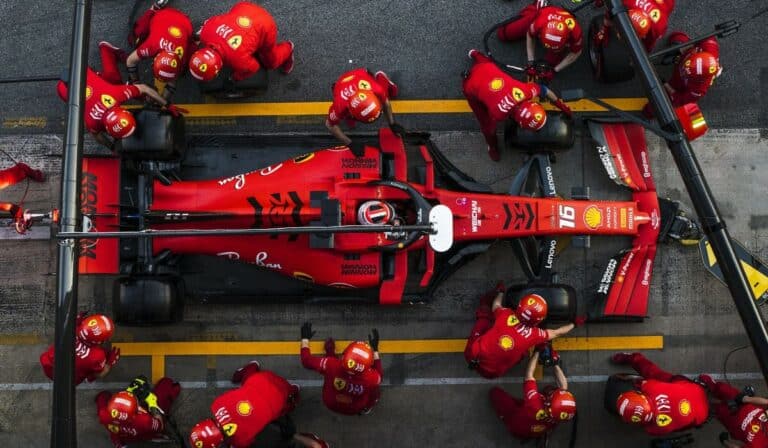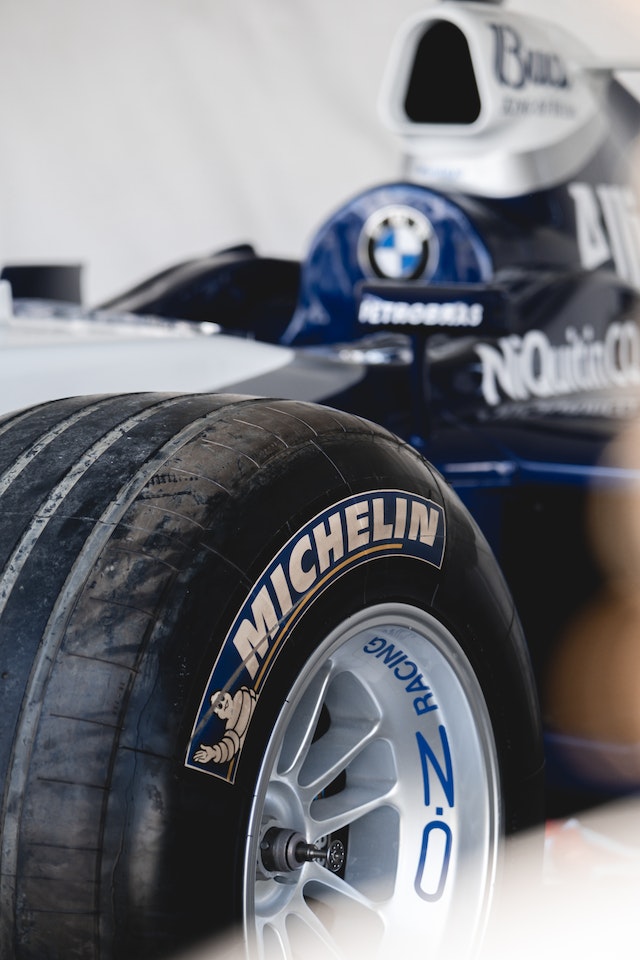How a F1 Sprint Race Fundamentally Changed Formula 1
When Formula 1 decided to experiment with a new kind of race weekend, few expected it would change the sport forever. Yet that’s exactly what happened with the introduction of the F1 Sprint Race — a single, short-format event that reshaped how teams prepare, how fans experience race weekends, and how championships are won.
This isn’t just another rule tweak. The Sprint format has fundamentally redefined the rhythm of Formula 1. By turning Saturdays into high-stakes battles, it brought adrenaline, unpredictability, and new opportunities to a sport once known for long, strategic races.
In this article, we’ll explore how this single race format transformed Formula 1 — from the motivations behind it to the impact it has had on drivers, fans, and the entire racing world.
The Idea Behind the F1 Sprint
For decades, F1 followed the same rhythm: practice, qualifying, and the race. It worked well for purists, but newer audiences craved more action. Broadcasters, sponsors, and fans all wanted something extra between Friday and Sunday, alongside the latest technological innovations in Formula 1 safety that keep drivers and teams protected on track.
That’s when the concept of the Sprint Race was born — a shorter event that delivers immediate action. Unlike free practice sessions that only gather data, the Sprint puts real points on the line. Every lap counts, every overtake matters, and every mistake is costly.
The aim was simple: turn Saturday into a second race day. And since its debut, the format has done exactly that.
What Exactly Is an F1 Sprint Race?
Think of the Sprint as Formula 1’s version of a highlight reel in motion. It’s a short race covering about 100 kilometers, roughly one-third the distance of a normal Grand Prix. The duration is around 25 to 30 minutes, depending on circuit length.
There are no mandatory pit stops, and fuel or tyre management plays a minimal role. Drivers push from the start, trying to gain as many positions as possible. Because there’s little time to recover from mistakes, the racing tends to be bold and aggressive.
In a sport known for strategy and endurance, the Sprint is pure instinct and speed.
How the Sprint Changed a Typical F1 Weekend
Before the Sprint era, F1 weekends had a predictable rhythm. Now, every day carries importance:
Friday: one free-practice session and the Sprint Qualifying (also called the Sprint Shootout).
Saturday: the Sprint Race itself plus qualifying for Sunday’s Grand Prix.
Sunday: the full-distance Grand Prix.
This adjustment gives fans meaningful racing on all three days. It also adds stress for teams — they get just one hour of practice before cars enter parc fermé, meaning setups must be perfect almost immediately, as drivers like Logan Sargeant demonstrate under pressure.
The Sprint has turned Fridays from data-gathering sessions into adrenaline-filled competition.
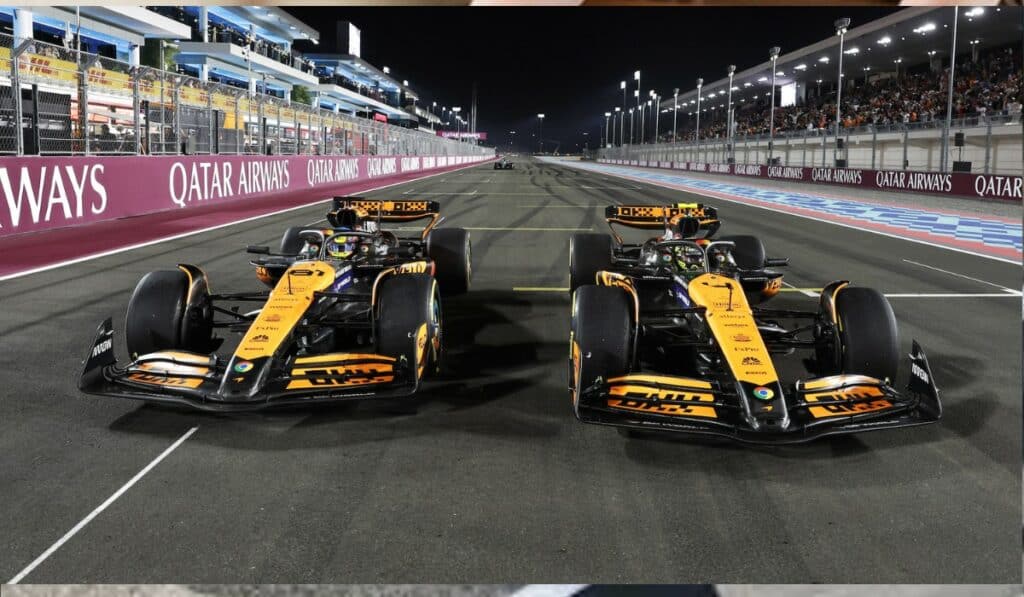
Understanding Sprint Qualifying
Sprint Qualifying is shorter and sharper than normal qualifying. Instead of long sessions, drivers face three mini rounds:
- SQ1 (12 minutes) for all 20 drivers
- SQ2 (10 minutes) for the fastest 15
- SQ3 (8 minutes) for the top 10
Each round eliminates the slowest cars, leaving one final battle for pole position in the Sprint. There’s no room for error — a single misstep can ruin an entire weekend, highlighting the importance of race strategy in Formula 1 at every stage.
Because the schedule is so tight, teams rarely get a second chance. That tension makes Sprint Qualifying one of the most thrilling sessions of the season.
Rules That Define the Sprint Race
To keep the format simple and exciting, Formula 1 introduced a few specific rules:
Distance and Duration
Each Sprint is limited to roughly 100 kilometers, taking about half an hour to complete. The exact lap count changes by circuit — for example, 24 laps in Austria or Brazil and 19 laps in Austin — all contributing to the sport’s rich motorsport legacy.
Points System
Only the top eight finishers score points:
1st – 8 pts 2nd – 7 pts 3rd – 6 pts 4th – 5 pts
5th – 4 pts 6th – 3 pts 7th – 2 pts 8th – 1 pt
These points can be crucial in a tight title fight, adding another strategic layer to the championship.
Tyres and Pit Stops
No mandatory stops are required. Teams may pit if needed, but because the race is short, almost no one does. Tyre wear, weather, and track position are all balanced carefully.
Safety and Penalties
All usual F1 rules apply — Safety Cars, Virtual Safety Cars, and penalties carry over. However, the Sprint results do not decide the Grand Prix grid anymore; they stand alone as their own race.
Why Drivers Have Mixed Feelings
Some drivers love the F1 Sprint. They see it as a pure test of racing skill, without strategic interference. Others prefer the traditional format, where Sunday remains the ultimate focus, relying on the precision and reliability of Formula 1 chassis design to maximize performance.
Max Verstappen often dominates Sprints, yet he has voiced doubts about too many of them. He argues that fewer practice sessions make car preparation harder. Meanwhile, Lando Norris and George Russell have said they enjoy the challenge — it keeps them sharp and gives fans more to watch.
In short, the Sprint divides opinions but keeps everyone talking — which is exactly what F1 wants.
The Impact on Teams and Strategy
The Sprint format adds complexity for engineers and strategists. With less practice time, teams must make bold setup decisions early. There’s a fine line between qualifying speed and race stability, a challenge that drivers like Nico Rosberg have mastered throughout their careers.
A wrong setup can hurt performance across the entire weekend. However, small teams sometimes benefit: less data means big teams can’t perfect everything, leveling the playing field.
The Sprint also affects component wear — engines, gearboxes, and tyres experience more mileage in a shorter timeframe. Managing that extra strain has become a key part of season planning.
The Thrill for Fans
From a fan’s perspective, the Sprint is a success story. It’s short, dramatic, and easy to follow. You don’t need deep technical knowledge — just sit back and enjoy 30 minutes of non-stop racing, while showing your support with official Red Bull Ring Gear.
Many describe the Sprint as the “appetizer” before Sunday’s main course. It sets the tone, reveals the car strengths, and sometimes creates rivalries that carry into the Grand Prix.
For TV audiences and spectators at the circuit, it’s added value — more action for the same ticket.
Iconic Sprint Moments So Far
Even though the format is young, several Sprint races already stand out:
- Silverstone 2021: the very first Sprint Race — Fernando Alonso’s opening-lap heroics reminded everyone why short races can be electric.
- Brazil 2022: George Russell claimed victory for Mercedes, marking his breakthrough weekend.
- Austria 2023: unpredictable weather made tyre choices a gamble; overtakes came thick and fast.
- Qatar 2024: strategic chaos with sandstorms and track limits gave fans an unforgettable half hour.
These moments prove how much drama can unfold in just a few laps.
How the Sprint Shapes the Championship
A perfect Sprint can be worth nearly a third of a Grand Prix win. That makes it an important weapon in any title campaign. Teams that perform well in Sprints often build championship momentum early in the season.
But the reverse is also true — a bad Sprint weekend can snowball into lost points and broken confidence. In a sport decided by tiny margins, those eight extra points can define success or failure, as seen with the most successful F1 teams throughout history.
Comparing Sprint Race vs Grand Prix
| Element | F1 Sprint Race | Main Grand Prix |
|---|---|---|
| Distance | ~100 km | ~305 km |
| Duration | 25–30 min | 1.5–2 hours |
| Pit Stops | None required | At least one |
| Points | Top 8 (8–1) | Top 10 (25–1) |
| Strategy | Minimal | High |
| Setup Time | Very limited | More flexible |
| Entertainment Value | Immediate action | Longer storyline |
The two formats complement each other — the Sprint delivers instant gratification, while the Grand Prix provides strategic depth.
Pros and Cons of the F1 Sprint Format
Pros
- More racing and excitement for fans
- Extra championship points
- Shorter, more intense battles
- Less predictable results
- Attracts casual audiences
Cons
- Increased car wear and costs
- Limited setup time for teams
- Less emphasis on strategy
- Risk of accidents before Sunday
Despite the drawbacks, most fans agree that Sprints make weekends more exciting and accessible.
The Evolution of Sprint Weekends
Since the first Sprint at Silverstone in 2021, the format has been refined several times. Initially, the Sprint result determined Sunday’s grid — but that rule changed to make both races independent, giving fans more opportunities to vote for the F1 Driver of the Day.
Future adjustments could include reversed grids, extra DRS zones, or even new circuits optimized for short races. Formula 1 is constantly experimenting, trying to keep the format fresh without compromising tradition.
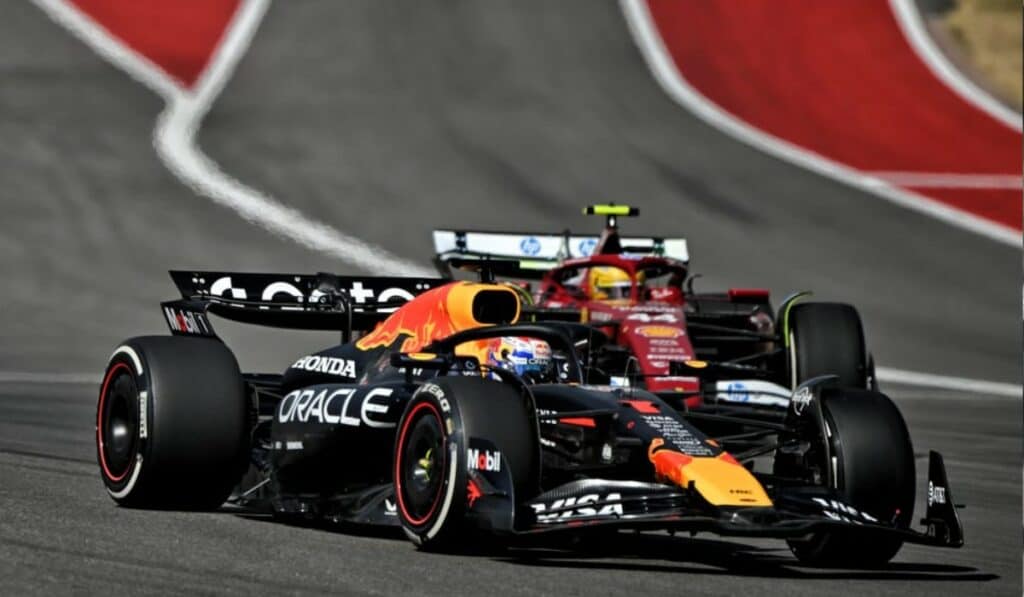
F1 Sprint Results and Notable Winners
A few names have become synonymous with Sprint success:
- Max Verstappen: multiple Sprint victories showcasing dominant pace.
- George Russell: first-time Sprint winner turned Grand Prix victor.
- Sergio Pérez and Charles Leclerc: frequent podium finishers who use Sprints to gain valuable points.
These results highlight how the fastest teams still rise to the top — but the margin for error is much smaller.
The Future of the F1 Sprint
The F1 Sprint Race is still evolving, but one thing is certain — it’s here to stay. Fans appreciate the action-packed format, sponsors enjoy the exposure, and broadcasters love the guaranteed excitement, as drivers like Lewis Hamilton continue to shine under the spotlight.
Formula 1 has managed to blend modern entertainment with traditional racing spirit. The Sprint may be short, but its impact is big. It has changed how we watch, how teams plan, and how championships unfold.
Whether you’re a lifelong fan or a newcomer to the grid, one thing is clear: the F1 Sprint Race has brought a new heartbeat to Formula 1 weekends — faster, riskier, and more thrilling than ever.
Frequently Asked Questions
What is the goal of the F1 Sprint Race?
To add more racing to the weekend and give fans extra excitement while offering drivers additional points.
How long does a Sprint Race last?
Usually about 25 to 30 minutes, depending on track length.
Do Sprint results affect Sunday’s race grid?
No. The Sprint is now a standalone event. A separate qualifying session sets the Grand Prix grid.
How are points awarded in the Sprint?
The top eight drivers earn points from 8 to 1.
Why do some drivers dislike the format?
They feel it reduces practice time and increases pressure on setup and reliability.
How many Sprint weekends are planned each year?
Typically six, hosted at circuits known for good overtaking such as Austria, Brazil, and the USA.
Can smaller teams benefit from Sprints?
Yes. The shorter distance can help teams with strong starts and good tyre management score unexpected points.

